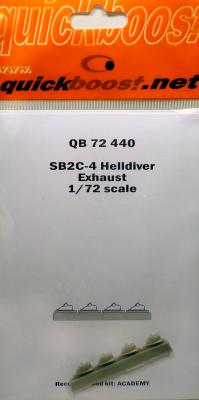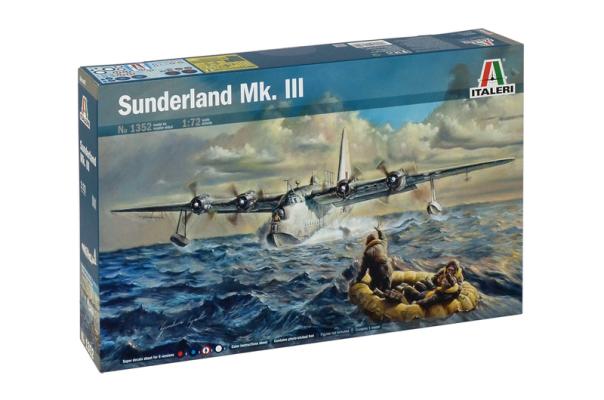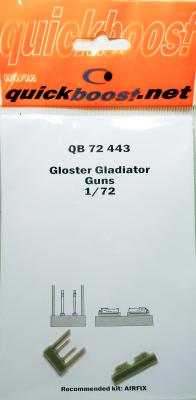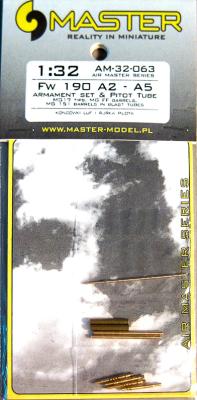The U-505 was a Type IX C late-war boat completed in 1942 and refitted in 1943. A “hard luck” sub from the beginning for the German Navy, the U-505 was damaged in action, had a captain commit suicide, and finally, was captured by the Americans in 1944…she is now a museum piece at Chicago's Museum of Science and Industry. I went and visited her for this kit build to check details, and found only the bow section to have any rivets left showing. When I inquired as to what happened to the rest, I was told that thanks to the boat’s being out in the Chicago elements for years, they figured they’ve lost up to 70% of the hull thickness. There also were many welded-on patches to hold her together, which looked like big band-aids.
Welcome to the IPMS/USA Reviews site!
Introduction: The primary organization of the IPMS/USA Review website is by IPMS/USA National Contest Class. Within each Class there are sub-menus by kits, decals, books, etc. The Miscellaneous Class is for items that are not class specific or that cross two or more classes.
IPMS/USA Members: We encourage you to submit reviews, both here and to the Journal. To volunteer for membership in the IPMS/USA "Reviewers Corps" and submit your own reviews, please read the Guidelines For Submitting Product Reviews.
Manufacturers, publishers, and other industry members: IPMS/USA is pleased to offer your company the opportunity for product reviews. All product reviews are performed by IPMS/USA members, and are posted in the publicly-accessible section of our website. With very few exceptions, we perform full build reviews of new kit releases, aftermarket products, and supplies. If you would care to provide product samples for review, please contact John Noack, IPMS/USA 1st VP.
To learn more about IPMS/USA, please see our About Us page.
Thank you, Quickboost, for furnishing this review sample and thank you, IMPS/USA, for allowing me to do the review.
History Brief
The Short Sunderland, one of the most famous seaplanes of World War II. It came into service toward the end of 1938, equipping the Royal Air Force squadrons of Coastal Command. The Mark III turned out to be the definitive Sunderland variant, with 461 built. Most were built by Shorts at Rochester and Belfast, a further 35 at a new (but temporary)[N 3] Shorts plant at White Cross Bay, Windermere;[22][23] while 170 were built by Blackburn Aircraft. The Sunderland Mark III proved to be one of the RAF Coastal Command's major weapons against the U-boats, along with the Consolidated PBY Catalina.
First things first, I want to thank Aires for supplying this Quickboost item for review and IPMS/USA for allowing me to write this review.
The last biplane fighter to enter service with the Royal Air Force was the Gloster Gladiator. Even though it was not a first-line fighter almost from the beginning, it was used in nearly all theaters during World War II. It epitomized the best of the biplane era with an enclosed cockpit, top speed of 257 mph and four .303 Browning machine guns. Two of the guns, with 600 rounds each, were located in the forward fuselage with the barrels protruding between the cylinders of the radial engine. The other two guns, with 400 rounds each, were located just forward of the cockpit, over the wing root leading edges, and they fired between the cylinders via a trough in the fuselage.
The Focke Wulf 190 was a heavily armed aircraft with lots of guns and a long pitot tube. The early Fw 190s had their MG-17s in the cowling and wings, along with MG-151 guns on the inner wings. If that isn’t enough, they had a long, fragile pitot tube.
Master provides you with one pitot tube that requires no clean up and has the need strength to hold up to some handling. For the MG-151, Master provides you with the wheel well protective tube as well as the barrel for the gun. The MG-17s for the cowlings are represented by the tips only, while the wings have the barrels. Make sure you don’t confuse them.
All the gun tubes and the pitot tube have hollow ends in them. They are beautiful renditions of the real thing. The best aspect of the turned-brass parts is the complete lack of mold and seam lines. The lack of cleanup makes this an easy addition that will provide a realistic pitot tube and gun set while also providing good strength.
Highly recommended















